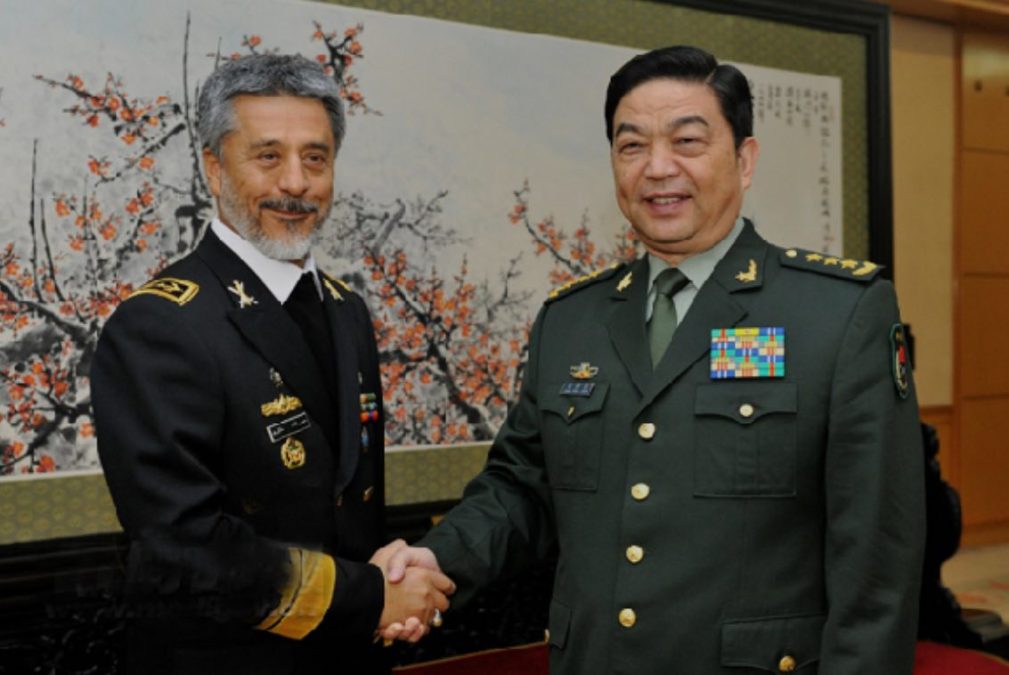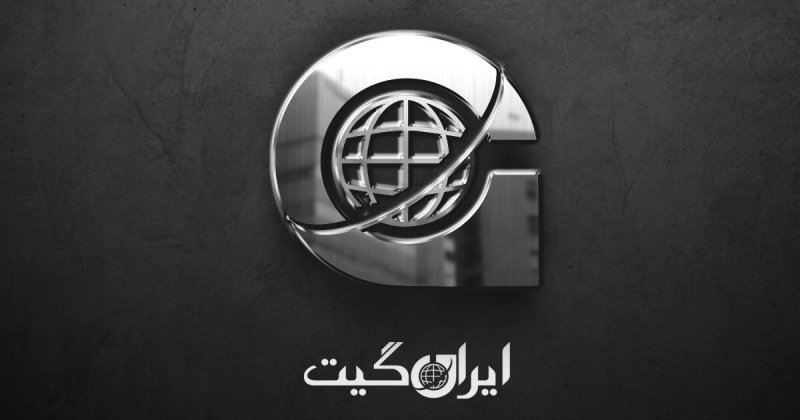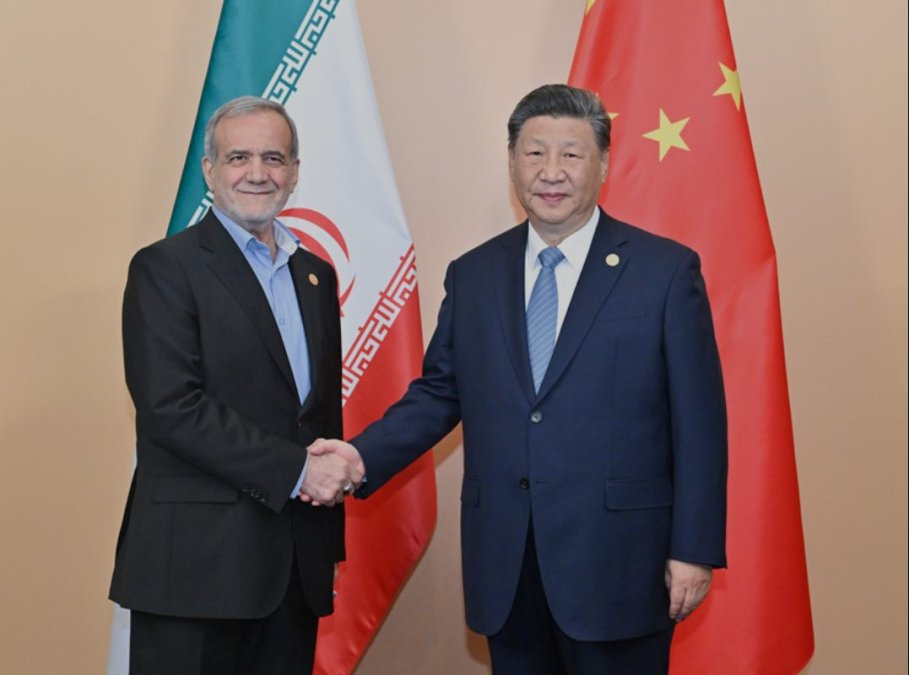Behind China’s Aid to Iran: Rebuilding Defense or Playing with Fire
Behind China’s Aid to Iran: Rebuilding Defense or Playing with Fire
Saeed Aghanji, editor-in-chief of Irangate News Agency, focusing on the analysis of strategic trends and geopolitical developments in the region, has analyzed China’s behavior in serious Middle Eastern conflicts beyond the layers of news.
Today’s Middle East is a stage of intersecting interests of major powers, emerging players, and traditional actors who are redefining their position in the international system.
In this context, China, as a player that has entered the field with chess-like precision, has a multi-layered and calculated presence that is influential but not necessarily prominent. This analysis seeks to examine the claim of China’s participation in rebuilding Iran’s air defense capabilities after the 12-day war from a perspective beyond media narratives and unofficial reports, a subject that, if true, could have significant strategic repercussions at the regional and trans-regional level.
The approach of this writing is neither to confirm nor deny but to clarify the hidden dimensions and explain Beijing’s considerations in this matter.
The new claim about China’s role in rebuilding Iran’s defense systems: Rebalancing or a geopolitical shift?

A recent report by the Yedioth Ahronoth newspaper about China’s participation in rebuilding Iran’s air defense infrastructure after the 12-day war has raised a wave of questions about the underlying goals of this potential cooperation and its geopolitical implications.
This report claims that China has provided limited equipment to strengthen Tehran’s defense systems, a claim that has not yet been confirmed by Chinese officials but is considered worthy of examination by many analysts within the framework of three key components: China’s cautious foreign policy, strategic ambiguity as a tool for maintaining flexibility, and the complex regional and global considerations that limit Beijing in making decisive decisions.
Considering the lack of concrete and official evidence, as well as China’s multi-layered relationships with key regional players such as Iran, the Gulf Cooperation Council countries, Israel, and the United States, analyzing this issue requires examining the long-term behavioral trends of Beijing’s foreign policy rather than merely reacting to a media report.
China’s Cautious Diplomacy: Balancing Cross-Cutting Interests
China has always used a cautious and interest-driven approach in its interactions with the Middle East region. Unlike Western powers, which are often involved in ideological or military alliances, China’s policy is primarily based on balancing economic and security interests.
According to the Israeli newspaper’s claim, China has delivered equipment to Tehran in a limited manner after Israel’s recent attacks on Iran’s infrastructure and has participated in rebuilding defense systems.
However, the official position of the Chinese embassy in Tel Aviv, stating that no weapons have been exported to the involved parties, indicates that Beijing still wishes to present itself as a neutral and responsible figure in regional conflicts. This behavior is rooted in China’s economic interests, with dependence on Iranian oil and trade cooperation with Tehran on one hand, and strategic relations with Saudi Arabia, the UAE, and Israel, as well as high economic exchanges with the US on the other.
In such a framework, China is compelled to avoid overt and provocative military actions to prevent harm to its strategic interests, and any cooperation with Iran is likely to remain informal and limited.
Strategic Ambiguity: A Tool for Maneuvering in a High-Pressure Environment
One of the prominent features of China’s foreign policy in recent decades is the use of strategic ambiguity as a tool for managing tensions and increasing indirect influence.
Beijing is well aware that in an environment like the Middle East, taking clear and decisive stances can quickly lead to hostile alignments.
Therefore, any potential aid or cooperation with Iran is preferably conducted in forms that allow for multiple interpretations.
For example, the transfer of dual-use technologies or participation in joint military maneuvers, similar to what is envisioned in the 25-year comprehensive partnership agreement between Iran and China, can enhance Tehran’s defense capabilities without appearing to violate international commitments or be perceived as a provocation to war.
In this context, the lack of documented evidence of the delivery of systems like J10C fighters or advanced radars shows that China prefers to move in the shadows and avoid direct or transparent involvement in conflicts.
This approach allows Beijing to have room for maneuver against pressures from Israel, the US, and Arab countries.
Regional and International Considerations: Beijing’s Calculations Amid Red Lines
Chinese policymakers are well aware of regional sensitivities. Directly strengthening Iran’s military capabilities can quickly sour relations with important economic partners like Saudi Arabia and the UAE.
Meanwhile, China’s relations with Israel have also developed in recent years in the fields of technology and investment, and any support for Israel’s enemies could weaken these ties.
On the other hand, China’s confrontation with the United States in various arenas, from trade disputes to technological and military competition, has motivated Beijing to avoid adventures that might lead to more sanctions or increased diplomatic pressures. Chinese diplomatic spokespersons often emphasize the necessity of stability and dialogue in the Middle East rather than direct intervention or military support for one side of the conflict.
In this environment, even if Beijing wishes to maintain relations with Iran, this connection is likely to remain at the level of technical, economic, and symbolic cooperation unless regional balance is seriously altered.
Between Caution and Soft Influence
The claim about China’s role in rebuilding Iran’s defense systems cannot be fully confirmed or denied, but examining it within the context of Beijing’s foreign policy reveals signs of the continuation of China’s behavioral pattern in the region: achieving maximum benefits with minimal political and security costs.
By utilizing flexible diplomacy, strategic ambiguity, and balancing regional relationships, Beijing seeks to expand its influence while avoiding high-cost confrontations.
As a result, any potential cooperation with Iran, whether in the defense or technical field, is likely to remain unofficial, limited, and within the framework of Beijing’s strategic considerations.
For analysts and research centers, this issue once again underscores the necessity of continuously monitoring diplomatic movements, reliable information, and regional trends.
In an era where inaccurate or biased information is quickly disseminated, distinguishing between reality and narrative is more crucial than ever.

